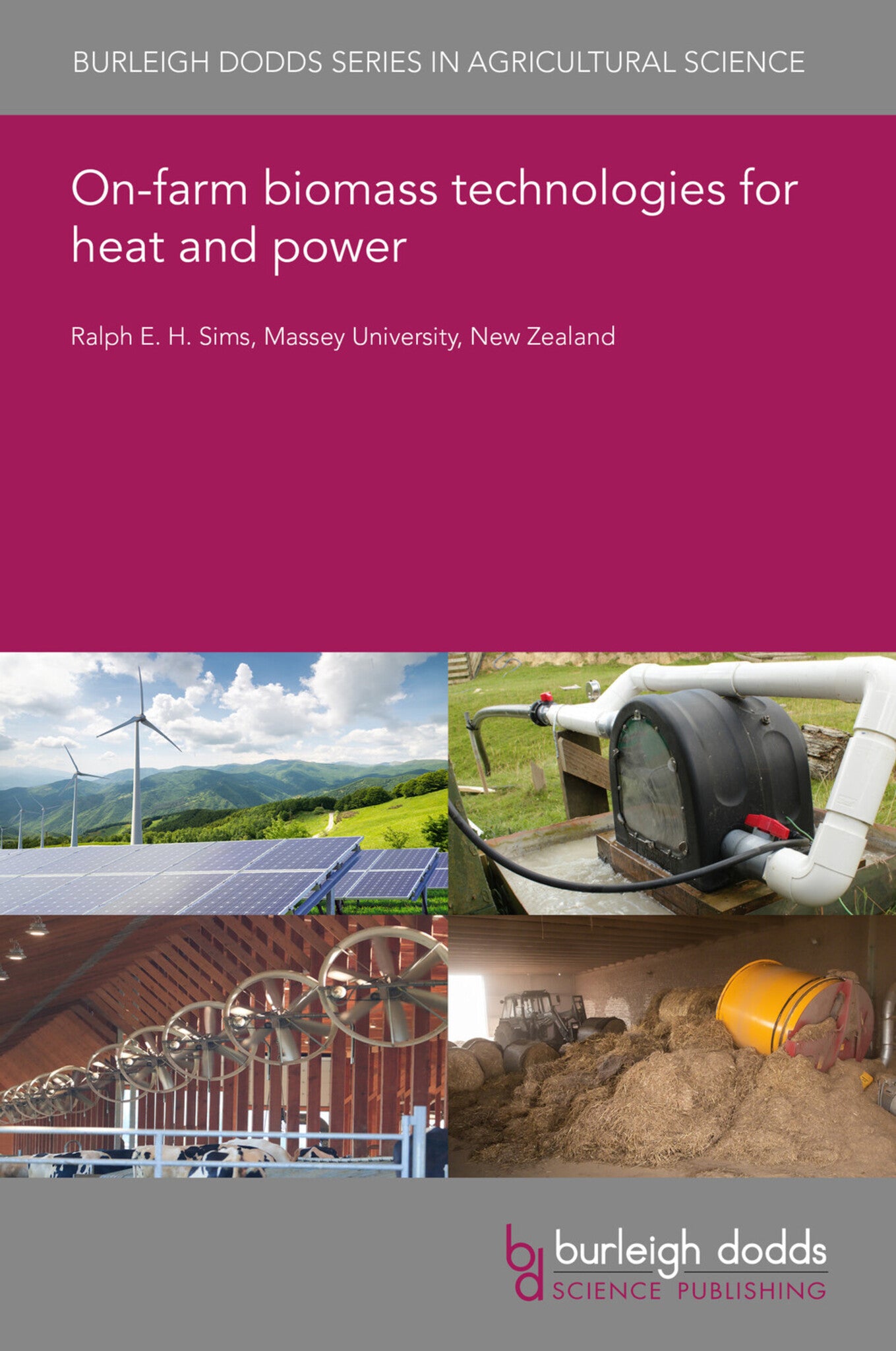We're sorry. An error has occurred
Please cancel or retry.
On-farm biomass technologies for heat and power

Some error occured while loading the Quick View. Please close the Quick View and try reloading the page.
Couldn't load pickup availability
- Format:
-
16 May 2022


TECHNOLOGY & ENGINEERING / Agriculture / Sustainable Agriculture, Sustainable agriculture, SCIENCE / Energy, Alternative and renewable energy sources and technology, Energy, power generation, distribution and storage, Agronomy and crop production

1 Introduction 2 Primary energy conversion technologies: combustion, gasification and pyrolysis 3 Secondary energy conversion technologies: internal combustion engines, steam turbines, steam engines and Stirling engines 4 Secondary energy conversion technologies: indirect-fired gas turbines, direct-fired pressurised gas turbines, micro-turbines and hydrogen 5 Cogeneration system analysis at the small scale 6 Case study: conversion of coal boilers to biomass in greenhouse enterprises 7 Conclusion 8 Where to look for further information 9 References



